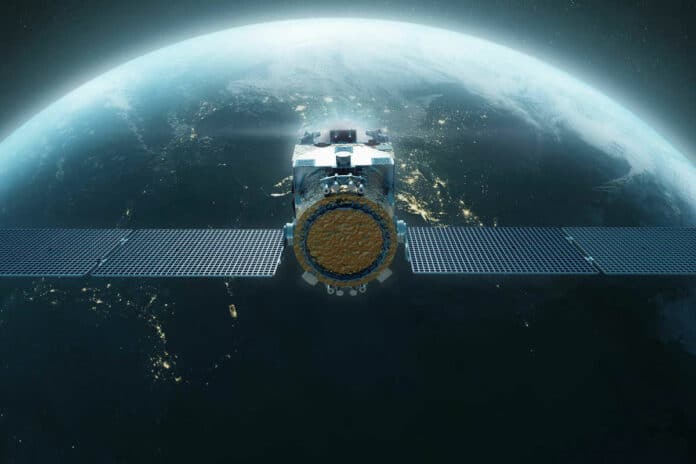Thousands of satellites have been orbiting our blue planet, but they face a major issue of fuel depletion, which often defuncts the satellite even while the payloads or instruments are still in good health. This is a challenge that in-orbit satellite refueling technology is trying to overcome to prolong satellite lifespan.
The Southwest Research Institute (SwRI) has taken the lead in this initiative, and they are working on building, integrating and testing a small demonstration spacecraft as part of a $25.5 million Space Mobility and Logistics (SML) prototyping project.
The project is funded by the U.S. Space Force and led by prime contractor Astroscale U.S. The spacecraft, called the Astroscale Prototype Servicer for Refueling (APS-R), is designed to refuel other satellites or compatible vehicles while in geostationary orbit.
“Running low on fuel is a common issue for spacecraft in Earth orbit,” said SwRI Staff Engineer Steve Thompson, the SwRI project systems engineer. “When they have expended all of their fuel, their mission ends – even though the vehicle may be in otherwise excellent health. A refueling vehicle can extend those missions, and we can get additional lifetime out of spacecraft that are already in orbit.”
The APS-R will operate in a geostationary orbit around the Earth. The spacecraft will follow a circular orbit in sync with the Earth’s rotational period of 24 hours. The APS-R will carry hydrazine propellant from a depot, which is also in geostationary orbit, to the spacecraft in need of fuel. The APS-R can service any spacecraft fitted with a compatible refueling port.
“Recently, other approaches to life extension have emerged, such as a vehicle that can use its thrusters to push another spacecraft where it needs to go after it runs out of fuel,” Thompson said. “A refueling vehicle broadens life extension options with a flexible alternative.”
SwRI will construct the host spacecraft bus for the APS-R in its new Space System Spacecraft and Payload Processing Facility over the next 16 months. When stowed for launch, the spacecraft will have a maximum dimension of 24 by 28 by 45 inches, and the total vehicle launch mass, including propellant, will be 437 pounds.
Once the host spacecraft bus is complete, they are going to integrate the Astroscale-supplied payload and perform system-level environmental testing to prepare the vehicle for launch. SwRI is expected to deliver the launch-ready APS-R by 2026.
